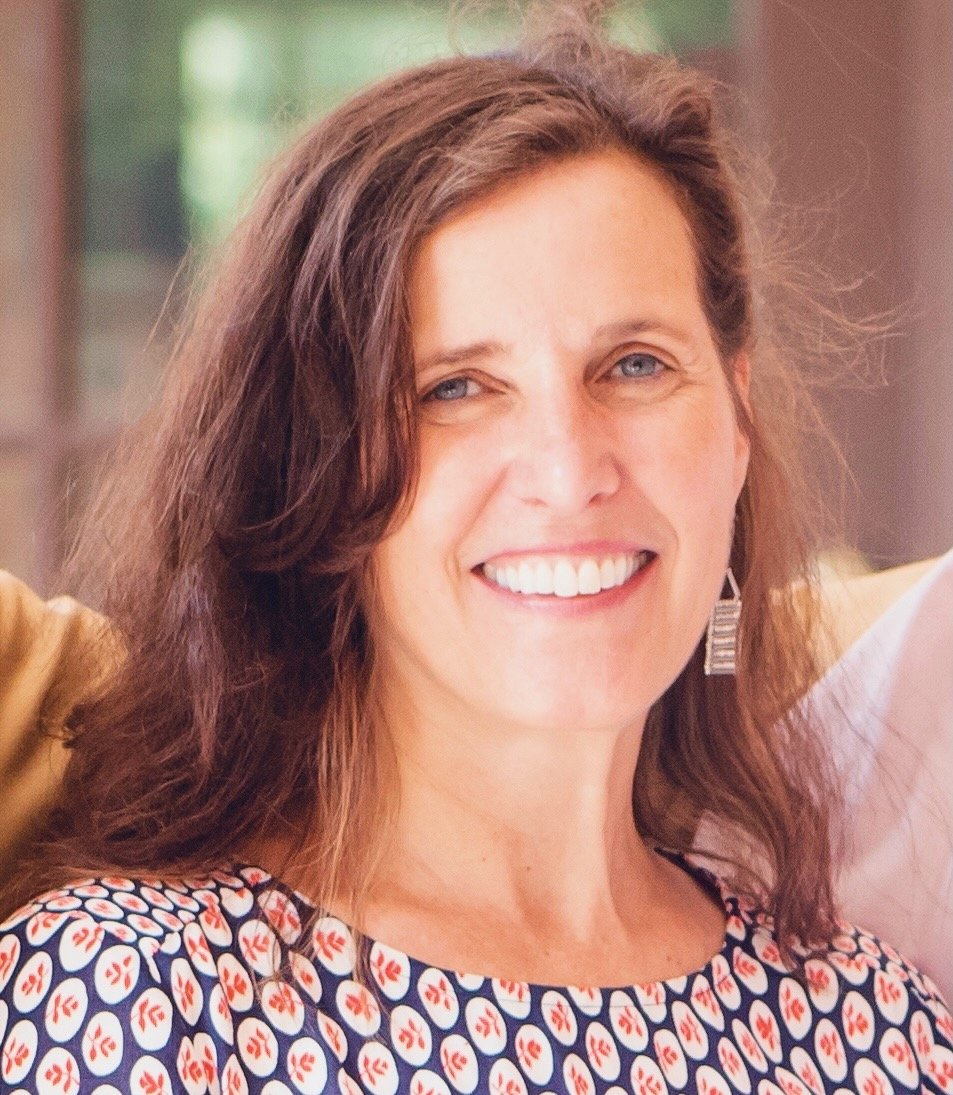How To Help Your Child Express Themselves
To develop language and conversation skills, young children need many opportunities to talk—with each other, with adults, one-on-one, and in a group. Educators can create opportunities for children to engage in conversation throughout the day.
• Use everyday activities as opportunities for rich conversational talk (e.g., circle time, snack time, story time, and outdoor play).
• Design spaces that encourage children to talk together and share ideas (e.g., in circles, at learning centers, in outdoor play areas, etc.)
• Ask open-ended questions to challenge children to “go deeper” as they express ideas (e.g., Ask, Why do you think that happened? rather than Did you think that would happen?).
Young children often need concrete models to learn how to express feelings, tell what they are thinking, share a new idea, and resolve conflicts.
They need specific language strategies that help them ask or explain how or why something happens or to negotiate a disagreement. You can help by modeling exact language.
• Model descriptive language to foster communication and to serve as a role model.
Children learn by example strategies for problem solving, negotiating conflicts, and for sharing ideas and feelings.
For example, say, Sarah, say, “Josh, I would like to use the pink crayon.”
Or, Tell Kali that hurts your feelings.
“Listen in” to conversations. Be ready to supply language models when children don’t have the words they need to express themselves.
Provide children with frequent opportunities to work and learn with others.
During small group activities, educators can model how to use group strategies such as careful listening, looking at the person who is speaking, and asking and answering questions.
How can educators model language?
Help children express emotions, thoughts, and ideas by example.
For instance, say, I have an idea. We could cut the pizza into three pieces. Who has another idea?
Or, I was sad when I saw the broken truck. Tell me how it makes you feel.
“Listen in” to the language children use.
Children come to the early childhood environment with varying levels of language.
Educators can tailor their own language to address specific needs.
For example, some children need entire sentences modeled; some children need help with descriptive or time words: the round plate, a sunny day, after school.
Reflect
Think about the learning environment at your own program as you answer these reflection questions:
• What strategies do you use to model conversation?
• What did you learn that you will take back to your learning environment and put into practice?

